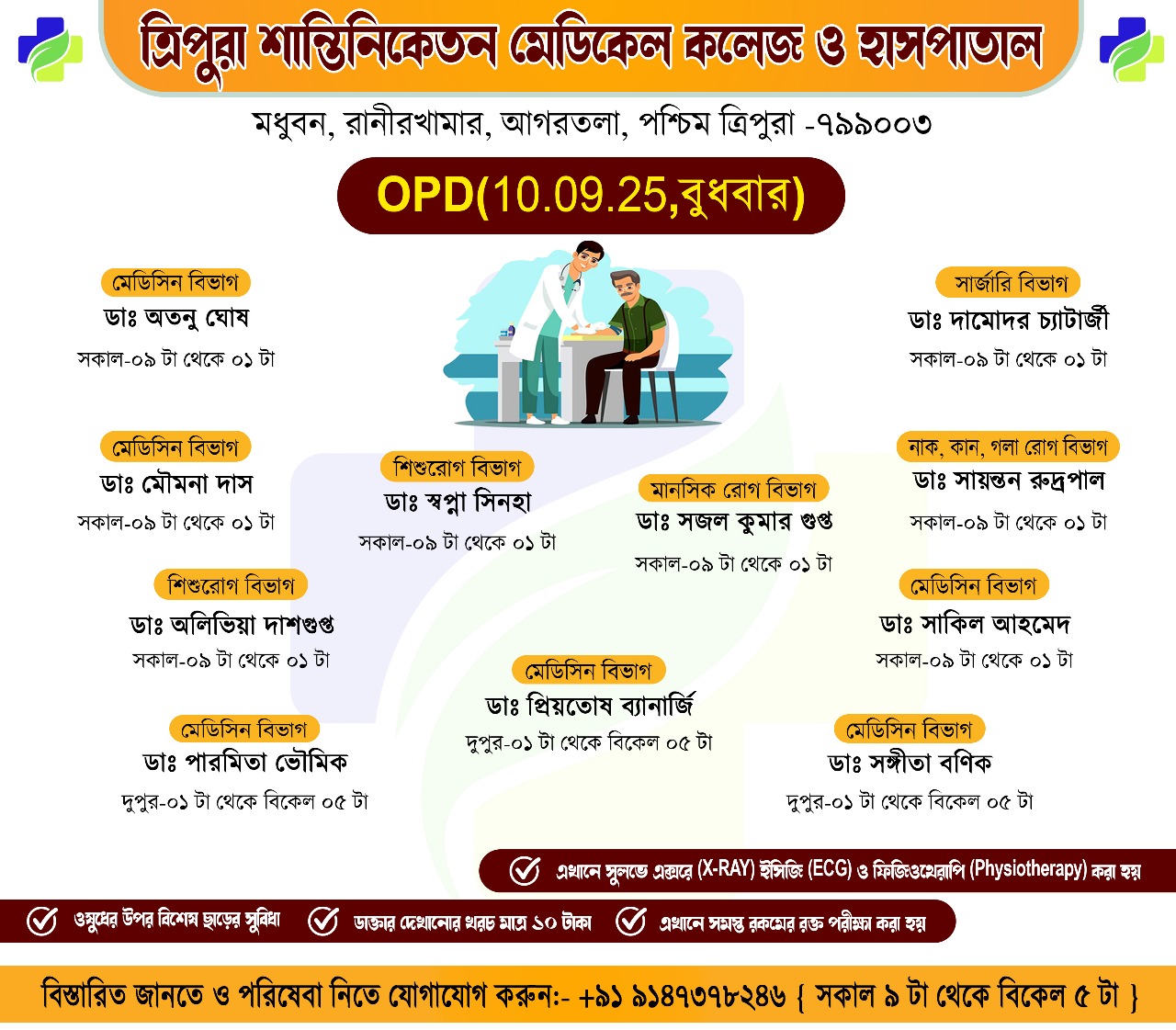Bridging Tongues: Tripura’s Big Step to Put Chakma Language on The Global Map
- By Thetripurapost Desk, Agartala
- Sep 09, 2025
- 986
In a move that promises to give a new voice to one of Tripura’s lesser-heard communities, the state government has decided to bring the Chakma language onto the Google translation platform. The decision, announced by Agriculture Minister Ratan Lal Nath on Tuesday, is more than just a technical upgrade — it is being seen as a powerful affirmation of cultural identity.
A Digital Lifeline for an Indigenous Tongue
For centuries, the Chakmas have preserved their language and script through oral traditions, community schools, and handwritten texts. Now, with over 50,000 Chakma words already documented and another 50,000 soon to be added, the dialect is set to travel beyond villages and classrooms — into the vast digital universe where languages often fight for survival.
“Once Chakma is introduced on Google Translate, anyone can convert content into English, Hindi, and Bengali,” Nath explained. For a community that often struggles with official communication and mainstream representation, the initiative could become a tool of empowerment.

Culture Meets Technology
The government has also declared August 7 as Chakma Language and Script Day, beginning next year. This symbolic recognition is expected to strengthen cultural pride among Tripura’s Chakmas, whose current population is estimated at 1.2 lakh.
Already, Chakma is taught in 123 government schools to over 4,000 students by 172 trained teachers. The formation of nine sub-committees dedicated to its development reflects the seriousness of the mission.
A Step Toward Inclusivity
Tripura is home to 19 indigenous tribes, each with its own unique language. Kokborok, the mother tongue of the Tripuri people, has already found its place in Google Translate. With Chakma joining the platform, it signals the state’s broader policy of linguistic inclusivity.
Language activists say such recognition helps preserve not just words but worldviews. “Every tribal language carries its own philosophy, songs, folklore, and history. Digitising it ensures that future generations remain connected to their roots,” says a senior academic at Tripura University.

Beyond Borders
Interestingly, the Chakma community is not confined to Tripura alone. They also live in Mizoram, Arunachal Pradesh, and across the border in Bangladesh and Myanmar. The Google Translate inclusion could connect Chakmas scattered across regions, giving them a common platform to interact, document, and preserve their shared heritage.
The Bigger Picture
As languages across the globe face the threat of extinction, Tripura’s effort is a reminder that technology can be harnessed not only for progress but also for preservation. For the Chakmas, the initiative is not just about words on a screen — it is about dignity, identity, and visibility in an interconnected world.
In the quiet hills and river valleys where Chakma families have sung their folk songs for generations, the hope now is that those words will find a new resonance — on screens, in classrooms, and in the hearts of younger generations who straddle tradition and modernity.